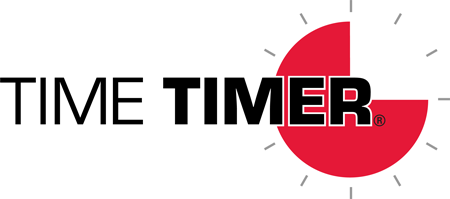There are good daily stand-up meetings and bad daily stand-up meetings. A good one helps everyone stay focused and productive while building a greater sense of team. The bad ones mimic the worst stereotypes about corporate meetings–long, unfocused and de-motivating.
If your stand-ups sometimes remind you of Michael Scott from The Office, we have a simple tool and a few tips to help you get them back on track. All you need to get started is the Time Timer PLUS® 20 Minute and a few new rules.
What’s a daily stand-up?
The daily stand-up meeting started out as an agile software development practice, but it’s spread far beyond tech companies. It’s a good tool for any team that wants to move faster and smarter.
The idea is simple. Project teams stand up and gather at the same time each morning. Then each person answers three questions:
1. What did you accomplish yesterday?
2. What are you going to get done today?
3. Is anything holding you back?
This typical daily stand-up meeting agenda adds accountability and intention to each person’s workday. The focus is on making valuable contributions to the team and projects each day. It’s also a way to promote transparency by surfacing roadblocks and working to mitigate them.
The New Daily Stand-up Meeting Rules
Unfortunately, it’s easy for the simple stand-up to go awry. People share too many details. Interrupt each other. Or try to turn this daily ritual into an epic planning meeting. Keeping this standing meeting simple, powerful, and useful requires discipline and a few new rules.
1. Set a strict overall time limit for the meeting.
2. Start and end on time; no matter what.
3. Give each speaker a time limit.
4. Save time for a brief discussion of any follow-ups.
Whether you’re brand new to daily stand-ups or they’re a fixture in your work life, we believe our visual timer—and these few rules—will help you get more out of your meetings in less time.

